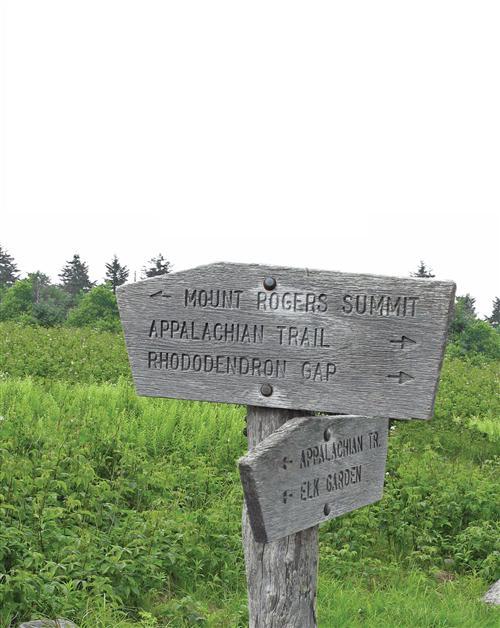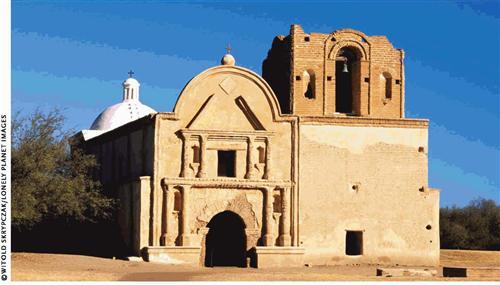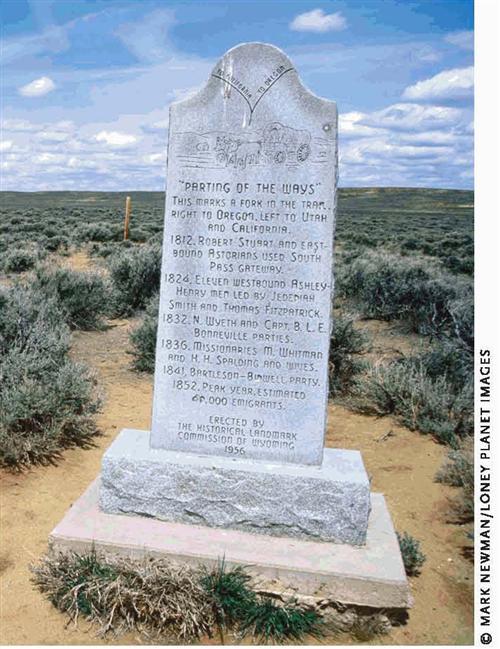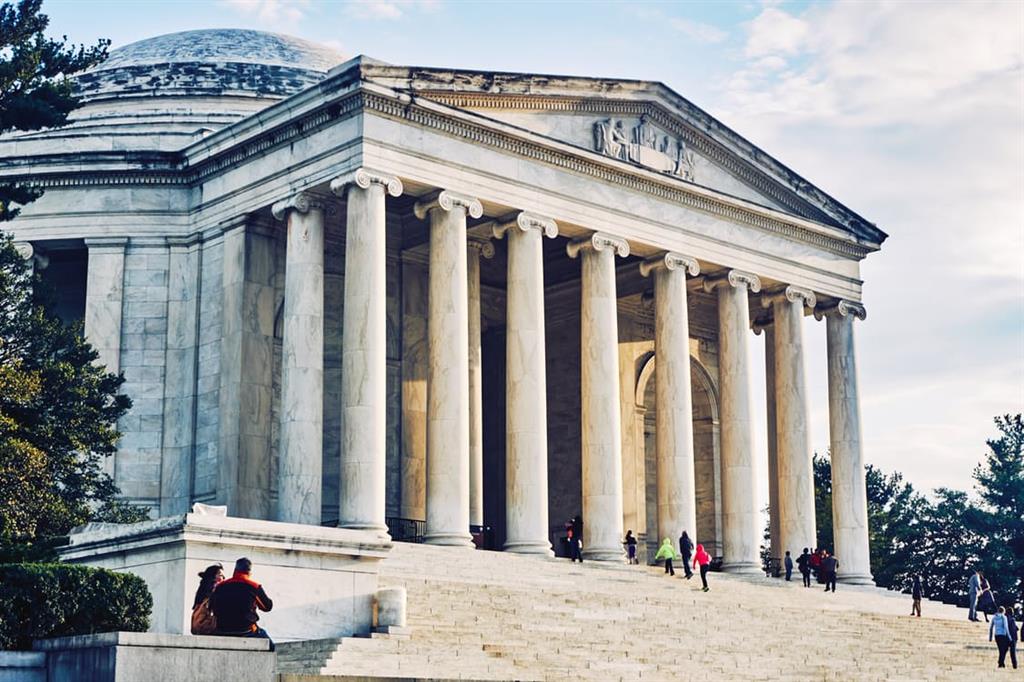Sign up for the Family Tree Newsletter! Plus, you’ll receive our 10 Essential Genealogy Research Forms PDF as a special thank you.
Get Your Free Genealogy Forms
"*" indicates required fields

Are you up for an ancestral adventure this summer? Follow in your forebears’ footsteps by trails across America, so you hiking or driving these paths to the past. The National Park Service maintains and can connect with history. Poke around these trails’ Web sites or request information by phone – then hit the trail to family history exploration.
Appalachian National Scenic Trail
You might associate the “AT” more with hiking than with family history, but the nation’s first National Scenic Trail lets you envision the East Coast settings our early American ancestors knew – before massive urban sprawl and industrialization. But you don’t want to any stretch of this 2,167-mile footpath, extending from Katahdin, Maine, to Springer Mountain in north Georgia, without doing your homework. The Appalachian Trail Conservancy <www.appalachiantrail.org>, a volunteer based organization that manages and protects the trail, has a Web site detailing the trail’s history, hiking how-tos and trail news. (801) 741-1012, <nps.govlappa>
California National Historic Trial
During the 1840s and ’50s, more than 250,000 gold seekers and flocked to the gold fields and rich farmlands in California – making history as America’s greatest mass migration. Of the 5,665-mile California National Historic Trail system, 1,100 miles of trail – stretching from Casper, Wyo., to the West Coast still exist as ruts and remnants. Eventually, an estimated 320 historic sites along the trail will be interpreted and opened to the public. (801) 741-1012, <nps.gov/cali>
Juan Bautista de Anza National Historic Trial
In the 1770s, Spanish explorer Juan Bautista de Anza led 300 soldiers and their families from Nogales, Ariz., to found a mission and presidio at San Francisco Bay. As you follow their route, learn about the travelers, American Indians’ role in the expedition and the effects of Spanish colonial settlement in the American West. (510) 817-1438, <nps.gov/juba>
Lewis and Clark National Historic Trial
The official bicentennial commemoration of the Corps of Discovery’s 3,700-mile trek across America has come to a close, but don’t let that stop you from exploring Lewis and Clark’s famed path stretching from Illinois to Washington. At the National Council of the Lewis and Clark Bicentennial’s Web site <www.lewisandclark200.org>, you can dig into numerous resources for learning about the trail and planning a trek. Explore the National Park Service site for maps, trail history and upcoming events. (402) 661-1804, <nps.gov/lecl>
Mormon Pioneer National Historic Trail
Between 1846 and 1869, an estimated 70,000 Mormons escaped religious persecution by traversing 1,300 miles from Nauvoo, Ill., to Salt Lake City. Brigham Young led the first group into Utah in 1847. Today, the Mormon Pioneer Trail, which crosses Illinois, Iowa, Nebraska, Wyoming and Utah, is punctuated by 83 historic sites, many of which are open to visitors. A 1,624-mile automobile route marked with the trail’s logo closely follows the historic route. (801) 741-1012, <nps.govlmopi>
New Jersey Coastal National Historic Trail
The trail route extends 300 miles south from Perth Amboy to Cape May, and west along the Delaware Bay to the Delaware Memorial Bridge. It’s divided into five themed trails: Maritime History, Coastal Habits, Wildlife Migration, Historic Settlements and Relaxation and Inspiration. Parks, museums and historic sites punctuate the trails. (856)447-0103, <nps.gov/neje>
Oregon National Historic Trail
Don’t let tales of the Donner party disaster scare you away from this 2,170-mile trail from Independence, Mo., to Oregon City, Ore. In the mid-1800s, the Oregon Trail was “the pathway to the Pacific” for an estimated 300,000 fur traders, gold seekers, missionaries and families. Modern day travelers can traverse the trail by car, although you also have opportunities to travel by foot, horse or mountain bike. Along the way, you’ll find historic sites and interpretive centers, including the Conestoga wagon-shaped End of the Oregon Trail Interpretation Center <www.endoftheoregontrail.org> in Oregon City. (801) 741-1012, <nps.gov/oreg>
Overmountain Victory National Historic Trail
Follow the patriots’ Revolutionary War path from Abington, Va., down through eastern Tennessee, North Carolina, South Carolina and Georgia. The trail ends at Kings Mountain National Military Park <nps.gov/kimo>, which commemorates the Oct. 7, 1780, patriot victory that ended loyalist dominance in North and South Carolina. (864) 936-3477, <nps.gov/awi>
Santa Fe National Historic Trail
Between 1821 and 1880, the Santa Trail located in Colorado, Kansas, Missouri, New Mexico and Oklahoma was a commercial highway connecting Missouri and Santa Fe, NM. American and Mexican traders used the trail until 1846, when the Mexican-American war broke out. After the war, the trail became a national road to the southwest territories of the United State until the railroad reached Santa Fe in 1880. For trail news and events, visit the Santa Fe Trail Association Web site <www.santafetrail.org>. (505) 988-6888, <nps.gov/safe>
Selma to Montgomery National Historic Trail
A year after President Lyndon B. Johnson passed the Civil Rights Act, nonviolent protesters seeking voting rights legislation planned to march from Selma to Montgomery, Ala., March 7, 1965. Upon reaching the Edmund Pettus Bridge, they were beaten by law enforcement officials. Two days later, Martin Luther King Jr. led a second march and turned around when he faced confrontation. On March 21, 1965, a third march, under protection of the National Guard, reached Montgomery after walking 54 miles in five days. The event persuaded Johnson to sign the Voting Rights Act in August 1965. Today, you can drive the protesters’ path (trail markers are visible from the highway) and Visit the National Voting Rights Museum in Selma. (334) 877-1983, <nps.gov/semo>
From the July 2007 issue of Family Tree Magazine.







